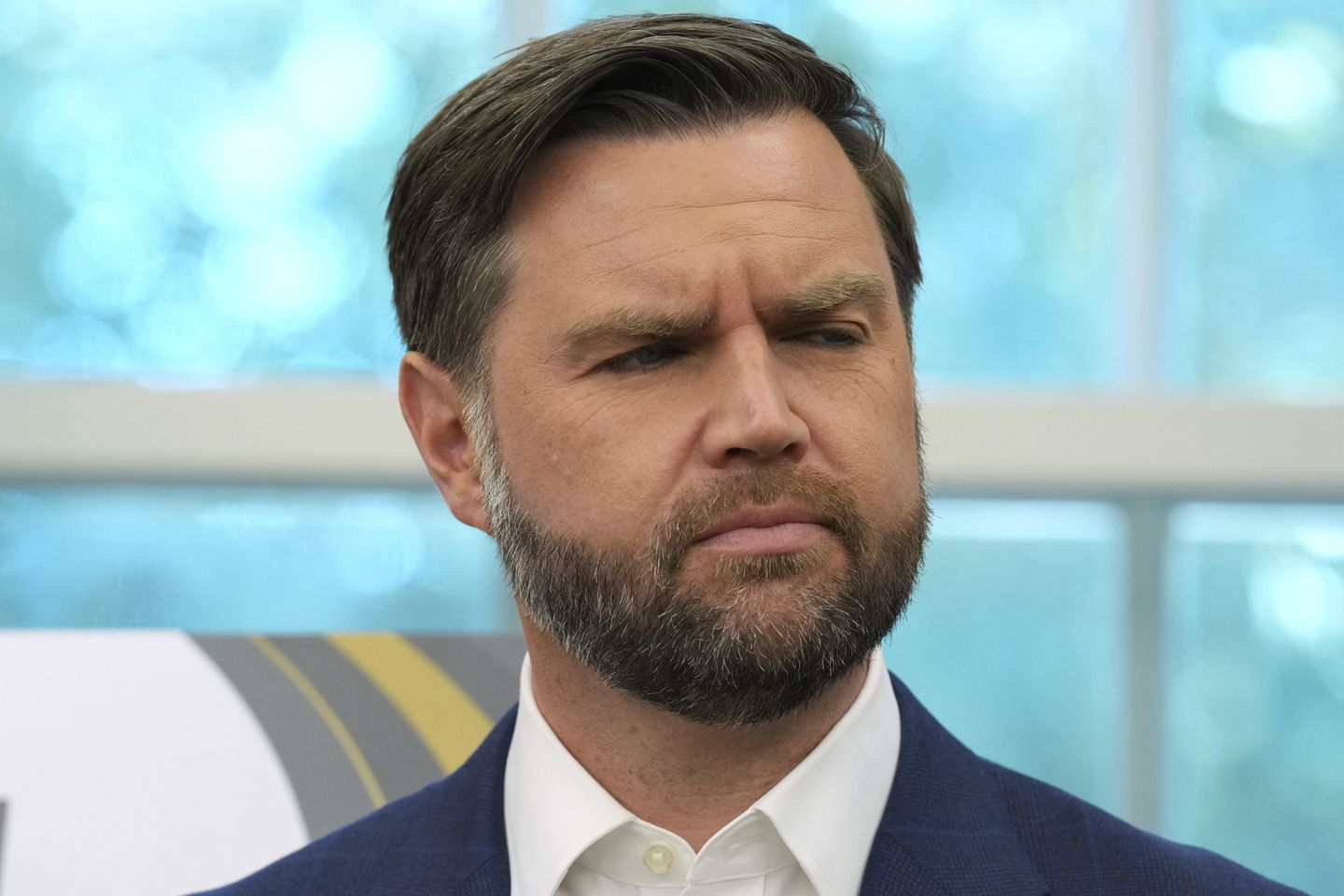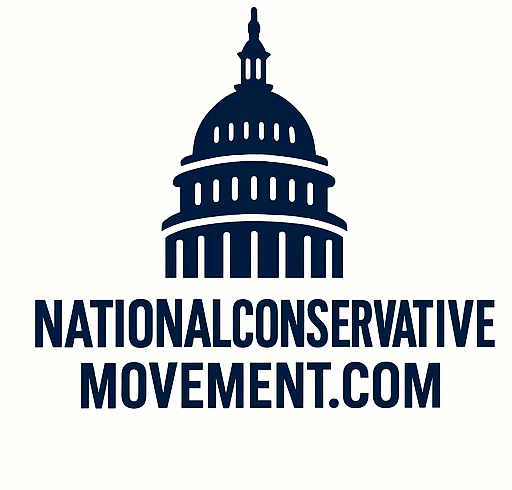
Vice President J.D. Vance said Sunday the Trump administration still “has a lot of cards left to play” to pressure Moscow into a peace deal with Ukraine and new sanctions on Russia’s lucrative oil industry still remain on the table.
Speaking on NBC’s “Meet the Press,” Mr. Vance said the administration is still evaluating whether new economic sanctions may be necessary to secure an agreement between Russia and Ukraine. He did not go into specifics, but the vice president seemed to be referring to the possibility of secondary tariffs targeting Russia’s oil exports and the countries that buy the Russian fuel, mainly China and India.
Analysts believe such a move would have major economic impacts on Russia but also could have serious geopolitical spillover effects, such as damaging the U.S.-India relationship.
On the heels of President Trump’s meetings with Russian President Vladimir Putin and Ukrainian President Volodymyr Zelenskyy, Mr. Vance was asked whether the administration has taken new sanctions against Russia off the table.
“No, sanctions aren’t off the table. But we’re going to make these determinations on a case-by-case basis. What do we think is actually going to exert the right kind of leverage to bring the Russians to the table?” the vice president said.
“But again, we don’t control what Russia does. If we did, the war would’ve been over seven months ago,” Mr. Vance said. “What we do believe though is that we continue to have a lot of cards. The president of the United States has a lot of cards left to play to apply pressure to try to bring this conflict to a close, and that’s what we’re going to do.”
Mr. Trump also has indicated new sanctions and secondary tariffs remain viable options. The president has been pushing hard to get Mr. Putin and Mr. Zelenskyy to meet face to face, and for their two nations to reach a peace deal, without having to impose such sanctions.
Under the Biden administration and now the Trump administration, the U.S. has been reluctant to embrace secondary tariffs. Instead, since December 2022, the U.S. and Europe have enforced a price cap on Russian energy. That cap has been set at $60 per barrel of Russian crude oil. Western companies providing maritime services for the transport of that oil, such as insurance, do so only if the oil is sold at or below that $60 per barrel cap.
It’s been somewhat successful, though Russia is still reaping huge profits. It received about $192 billion in revenue from oil and crude oil exports last year, according to data from the International Energy Agency.
The Oxford Institute for Energy Studies estimated in a study last year that Russia gets between 30% and 50% of its total federal budget revenues from the oil and gas industry. Much of that money is then funneled into the Russian military.
From December 2022 through February of this year, China bought about 47% of Russia’s crude oil exports, followed by India at 38%, according to information compiled by the Centre for Research on Energy and Clean Air.
Russia has also reaped greater profits through the use of its so-called “shadow fleet,” ships without proper insurance or identification transporting illicit oil at prices outside of the cap.














